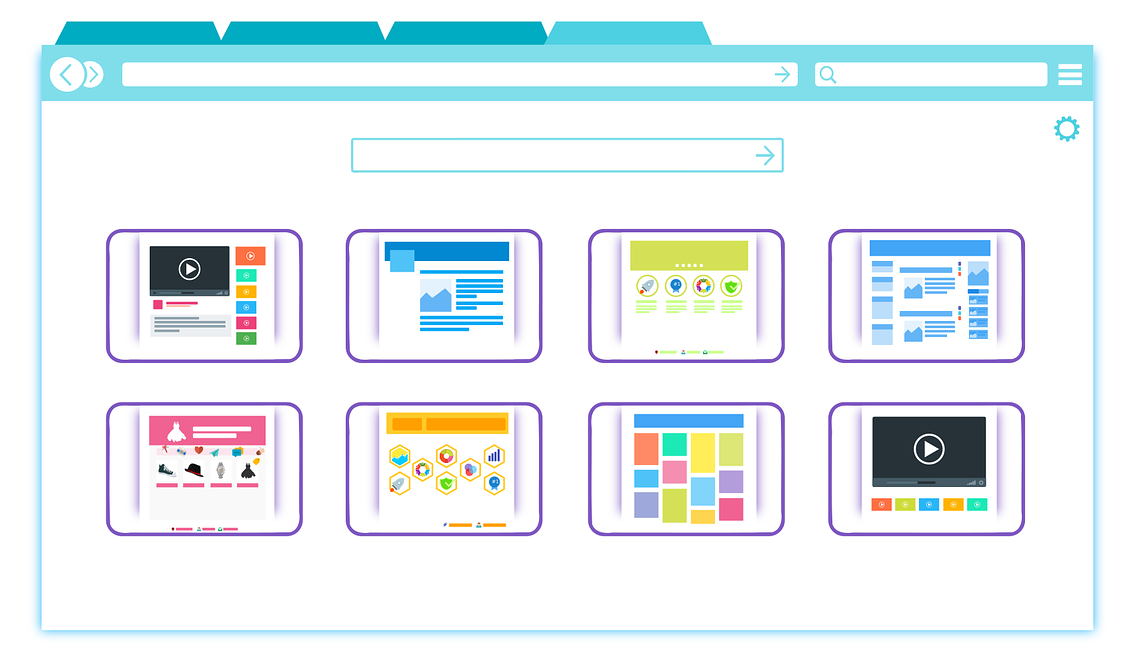11 Misrepresentation: Copying and Pasting
Copying and Pasting
It is ok to use other information to support your arguments as long as you quote, paraphrase or summarize properly and cite your sources. However, copying and pasting whole chunks of information is poor scholarship and does not reflect any learning or understanding on your part. This will get you a very poor grade, even if you cite your sources. If you do not cite at all, this is also plagiarism.
This principle now extends to AI-generated content. Simply copying and pasting AI output into your assignments without proper attribution, modification, or understanding constitutes plagiarism, even if the AI created original content.
Plagiarism due to copying and pasting includes:
- The Clone: directly copying and pasting everything (from one or from multiple sources) without citing
Example: The Clone
Quotes you found on goalcast.com:
There will be obstacles. There will be doubters. There will be mistakes. But with hard work, there are no limits. (Michael Phelps)
You can’t beat the person who never gives up. (Babe Ruth)
Many of life’s failures are people who did not realize how close they were to success when they gave up. (Thomas A. Edison)
Your essay:
The Power of Positive Thinking
Many of life’s failures are people who did not realize how close they were to success when they gave up. There will be obstacles. There will be doubters. There will be mistakes. But with hard work, there are no limits. You just can’t beat the person who never gives up.
- The Mosaic: directly copying and pasting passages (from one or from multiple sources) without citing and adding some original thought
Example: The Mosaic
Quotes you found on goalcast.com:
There will be obstacles. There will be doubters. There will be mistakes. But with hard work, there are no limits. (Michael Phelps)
You can’t beat the person who never gives up. (Babe Ruth)
Many of life’s failures are people who did not realize how close they were to success when they gave up. (Thomas A. Edison)
Your essay:
The Power of Positive Thinking
Life is not always easy, but a positive outlook can help you getting to your goal. Many of life’s failures are people who did not realize how close they were to success when they have up. It pays to stick it out. For sure, there will be obstacles. There will be doubters. There will be mistakes. But with hard work…
- Copy, Paste, Replace: copying and pasting everything or passages (from one or from multiple sources) without citing, then replacing a few words to make it sound different; maybe adding some original thought too.
Example: Copy, Paste, Replace
Quotes you found on goalcast.com:
There will be obstacles. There will be doubters. There will be mistakes. But with hard work, there are no limits. (Michael Phelps)
You can’t beat the person who never gives up. (Babe Ruth)
Many of life’s failures are people who did not realize how close they were to success when they gave up. (Thomas A. Edison)
Your essay:
The Power of Positive Thinking
Life is not always easy, but a positive outlook can help you getting to your goal. Many of life’s failures happen to people who gave up because they did not see how close they were to success. There will be doubters and mistakes. There will be challenges. But if you work hard there are no limits. You…..
Plagiarism due to copying and pasting also includes:
- Reusing a specific structure that someone else created without acknowledgement. For example, using a template, outline, form, the exact same headings, same number of sentences, and covering exactly the same concepts of a sample report given to you by your instructor (unless explicitly permitted by your instructor).
Sample template you found

Your template

Source: (200degrees, 2016).
AI-Specific Copying and Pasting Issues:
- Prompt and paste: Using AI to generate content and directly inserting it without modification or attribution
- AI laundering: Running existing sources through AI to “rewrite” them, then presenting the output as original work
- Multi-AI copying: Using multiple AI tools to generate content on the same topic and combining their outputs without attribution

